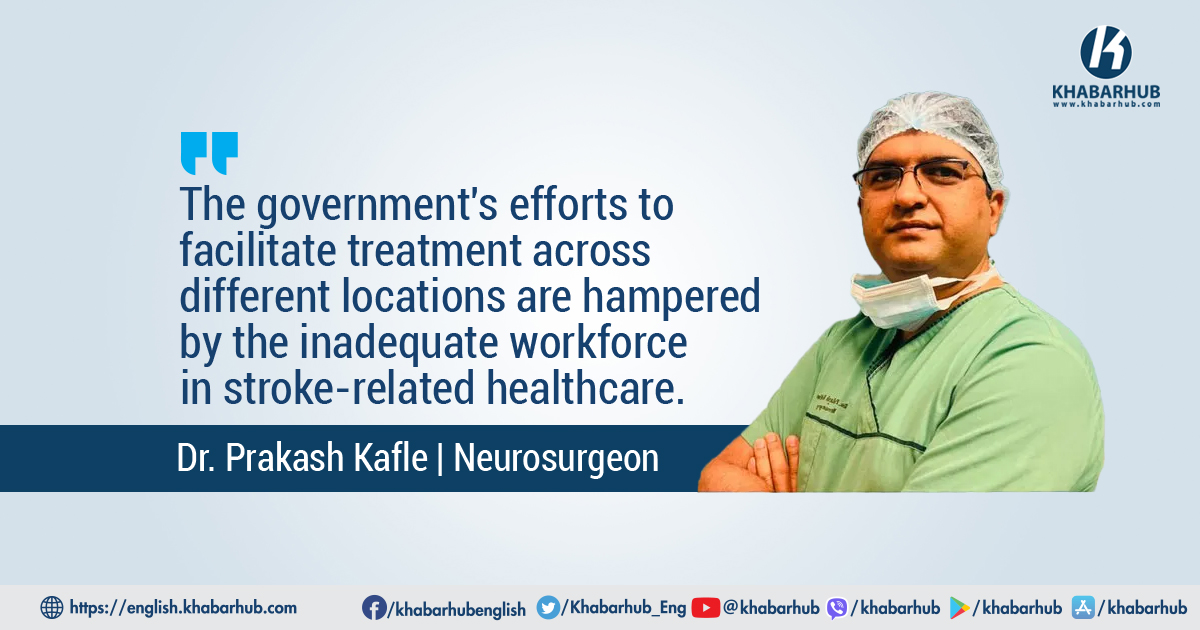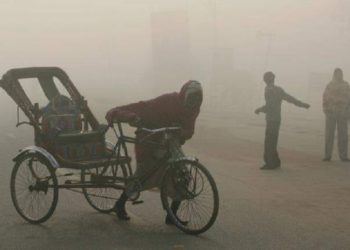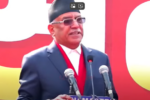Paralysis, a condition widely recognized in Nepali as a debilitating affliction, impedes movement and functionality in affected body parts, causing a significant disruption to daily life.
Alarming statistics from medical professionals suggest that one in four individuals will experience a form of stroke during their lifetime, with an increased prevalence during winter months.
In a conversation with Dr. Prakash Kafle, a neurosurgeon at Nobel Hospital Biratnagar, we delve into the causes of paralysis, preventive measures, and strategies for regaining normalcy post-paralysis.
What is it and what are the symptoms?
Paralysis occurs when a part of the body becomes immobile or experiences impaired movement due to issues in the brain or spine.
For instance, a stroke affecting the right side of the brain results in the left side of the body becoming nonfunctional, and vice versa.
Symptoms of paralysis due to a brain stroke include speech loss, limb weakness, slurred speech, repetition, mouth twitching, and in cases where other body parts are affected, loss of eyesight.
Why is its risk elevated during winter months?
Paralysis is the inability to move or function in specific body parts due to issues in the brain or spine.
The risk is higher in winter, with statistics indicating that one in four individuals will experience some form of stroke in their lifetime.
What are the symptoms of paralysis, particularly those related to brain strokes? Symptoms include loss of speech, limb weakness, slurred speech, repetition, and mouth twitching. In cases where other body parts are affected, symptoms may include loss of eyesight.
How can paralysis be prevented?
To mitigate the risk, it’s essential to manage body pressure. Regular exercise, a clean diet, consumption of fruits and fiber-rich foods, avoiding drugs and smoking, and controlling diabetes contribute significantly to prevention.
What are some home remedies and rehabilitation strategies for paralysis?
Boosting the patient’s self-confidence is crucial. Physiotherapy helps mobilize non-functioning body parts.
Maintaining balanced blood circulation and managing diabetes and body fat through physical exercise can reduce the risk of strokes.
When should one seek medical help, and what diagnostic measures are recommended?
Immediate medical attention is vital if symptoms like a crooked mouth, weak limbs, slurred speech, or sudden headaches occur.
A hospital visit, coupled with a CT scan, aids in determining the stroke type—whether it’s clot-induced or hemorrhagic.
What are the chances of recovery, and how does the type of stroke impact it?
The likelihood of recovery depends on the affected body part and the stroke type.
For clot-induced strokes, timely treatment within 4.5 hours, such as clot removal, can significantly improve chances of returning to normalcy.
However, strokes caused by ruptured blood vessels pose greater challenges and may require more intensive interventions.
What is the current situation regarding paralysis patients in Nepal?
The prevalence of paralysis is on the rise in Nepal, attributed to factors such as dietary habits, alcohol consumption, and a lack of physical exercise.
Is paralysis more perilous during cold weather?
Yes, paralysis, particularly brain hemorrhages, tends to increase in cold weather. The abrupt drop in body temperature elevates the risk of stroke due to circulatory issues.
In your extensive experience as a neurosurgeon, what types of stroke patients have you encountered?
I have treated cases involving both ruptured veins and ischemic strokes.
Additionally, there are instances of strokes caused by tumors in various body parts, including the brain.
What role does genetics play in stroke risk, particularly in Nepal?
Genetic data specific to Nepal is not available. However, international statistics indicate that one in every four individuals worldwide will experience a stroke in their lifetime, highlighting a significant genetic predisposition.
Unfortunately, strokes are not accorded the priority given to diseases like diarrhea and tuberculosis.
How affordable is stroke treatment, and what challenges exist in this regard?
Affordability is not the primary concern; rather, a shortage of skilled manpower poses a challenge.
Due to this scarcity, treatment costs may seem relatively high. The government’s efforts to facilitate treatment across different locations are hampered by the inadequate workforce in stroke-related healthcare.
What should be the government’s role in addressing the rising stroke cases?
The government should establish stroke-specific hospitals based on population needs and increase the number of government healthcare positions.
Creating job security and providing incentives for healthcare professionals would encourage more people to enter this field.
Additionally, the government should ensure facilities for brain stroke patients.
What recommendations do you have to prevent strokes and paralysis?
Prevention is key, and adopting a healthy lifestyle is crucial. Daily exercise, regular sweating at least five days a week, abstaining from smoking and alcohol, and controlling blood pressure are essential.
Since high blood pressure is a primary cause of strokes, regular kidney check-ups can help avoid paralysis-related issues.
Taking proactive measures is far more effective than treating strokes after they occur.









Comment